Include these nutrition superstars in your diabetes diet to lower blood sugar, burn fat, reduce inflammation, and gain more health benefits.
Dark chocolate

Chocolate is rich in flavonoids, and research shows that these nutrients reduce insulin resistance, improve insulin sensitivity, drop insulin levels and fasting blood glucose, and blunt cravings. But not all chocolate is created equal. In a 2008 study from the University of Copenhagen, people who ate dark chocolate reported that they felt less like eating sweet, salty, or fatty foods compared to volunteers given milk chocolate, with its lower levels of beneficial flavonoids (and, often, more sugar and fat, too). Dark chocolate also cut the amount of pizza that volunteers consumed later in the same day, by 15 percent. The flavonoids in chocolate have also been shown to lower stroke risk, calm blood pressure, and reduce your risk for a heart attack by 2 percent over five years.
Broccoli
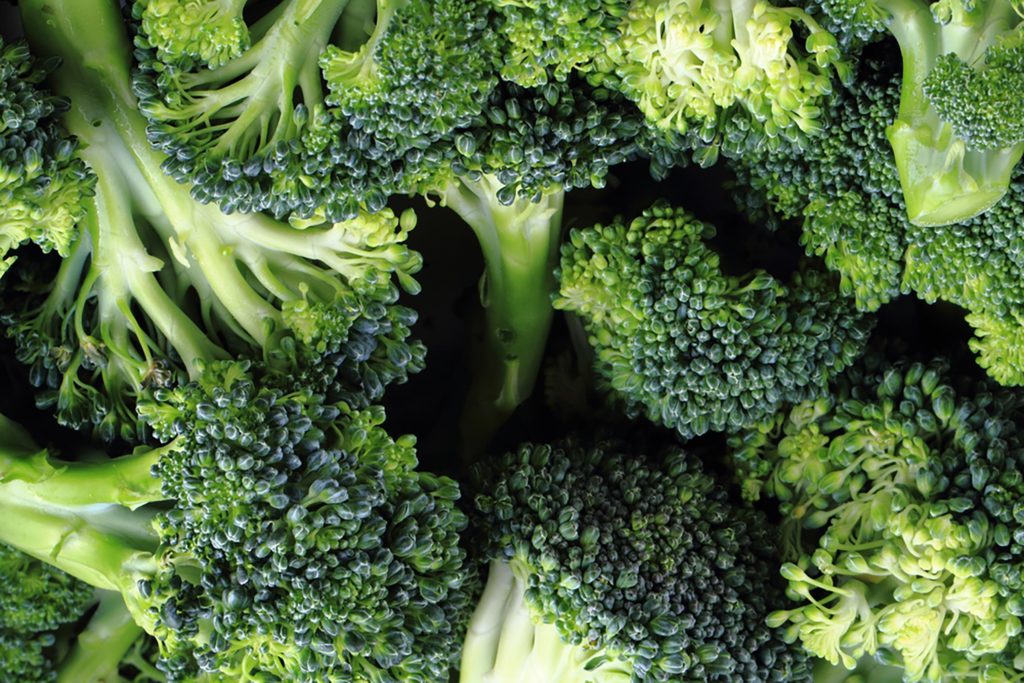
Broccoli is an anti-diabetes superhero. As with other cruciferous veggies, like kale and cauliflower, it contains a compound called sulforaphane, which triggers several anti-inflammatory processes that improve blood sugar control and protect blood vessels from the cardiovascular damage that’s often a consequence of diabetes. (Heart disease is the leading cause of death for people with diabetes, so this protection could be a lifesaver.) Sulforaphane also helps flip on the body’s natural detox mechanisms, coaxing enzymes to turn dangerous cancer-causing chemicals into more innocent forms that the body can easily release.
Blueberries

Blueberries really stand out: They contain both insoluble fiber (which “flushes” fat out of your system) and soluble fiber (which slows down the emptying of your stomach, and improves blood sugar control). In a study by the USDA, people who consumed 2 1/2 cups of wild blueberry juice per day for 12 weeks lowered their blood glucose levels, lifted depression, and improved their memories. Researchers credit these results to anthocyanins in the berries, a natural chemical that shrinks fat cells and also stimulates the release of adiponectin, a hormone that regulates blood glucose levels, among other things. Increasing adiponectin levels can help keep blood sugar low and increase our sensitivity to insulin.
Steel-cut oats
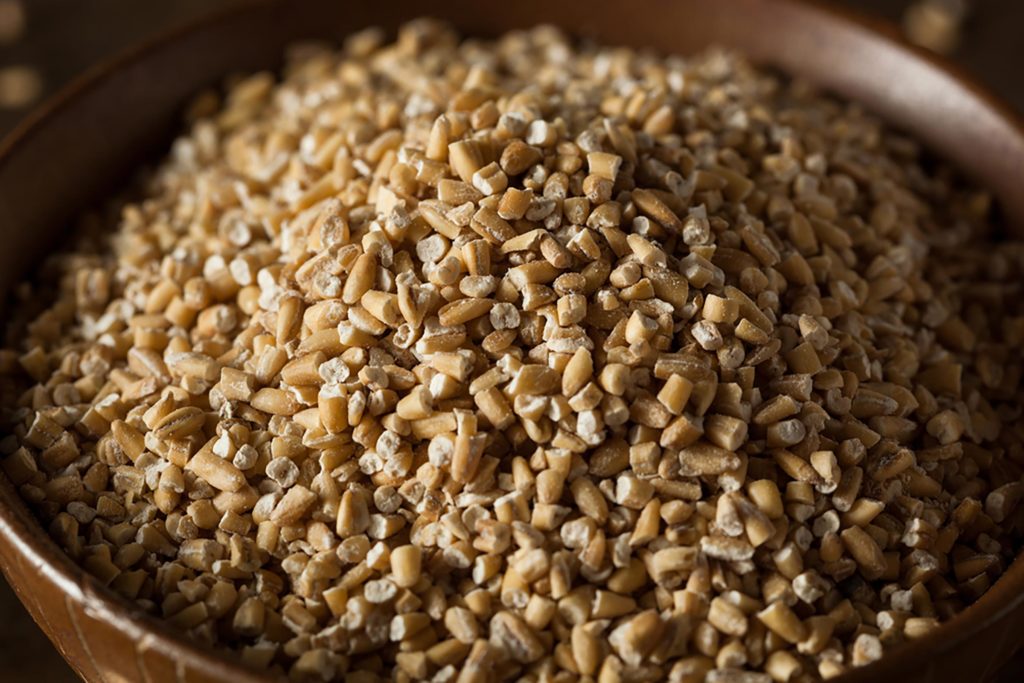
You may not think of oatmeal as a superfood, but it can help reduce the risk of developing type 2 diabetes. Oatmeal contains high amounts of magnesium, which helps the body use glucose and secrete insulin properly. An eight-year trial showed a 19 percent decrease in type 2 diabetes’ risk in women with a magnesium-rich diet, and a 31 percent decreased risk in women who regularly ate whole grains. Steel-cut oats are just as easy to cook as quick-cooking oatmeal, but when grains are left whole they are filled with the fiber, nutrients, and bound antioxidants that challenge digestion in a good way, allowing blood sugar to remain more stable.
Fish

Fish is a slimming star: rich in protein, it will help to keep you satisfied; but also, fish contains a special type of fat that helps cool inflammation. Thousands of studies show that people with the highest blood levels of omega-3 fatty acids have less body-wide inflammation, the very inflammation that leads to and worsens diabetes and weight problems.
A fish-rich diet can also reduce your risk of developing health problems, especially stroke, as a result of your diabetes. People who ate baked, broiled, or steamed fish reduced their odds for a stroke by 3 percent, as reported in a 2010 Emory University study. (However, fried fish—such as fast-food fish sandwiches, fish sticks, and fried seafood of any type—increased risk.)
Olive oil

Following a Mediterranean-style diet rich in olive oil helps reduce the risk of type 2 diabetes by as much as 50 percent compared to a diet low in fat, according to a recent Spanish study. Independently, researchers at Technical University of Munich (TUM) and the University of Vienna found that olive oil improved satiety the most when compared to lard, butter, and rapeseed (canola) oil. In addition to being a standout source of health-promoting monounsaturated fats, olive oil is also rich in antioxidant nutrients that protect cells from damage, and prevents the development of heart disease.
Psyllium husk

This fiber supplement, long used for constipation relief, is proven to help people with diabetes control blood sugar better. A 2010 review from the University of California, San Diego, published in the Annals of Pharmacotherapy, confirms this benefit. People who took psyllium before a meal saw their post-meal blood sugar levels rise 2 percent less than those who didn’t use the supplement. One caution: The researchers recommend waiting at least four hours after taking psyllium before taking medications, because psyllium can decrease their absorption.
Cannellini beans
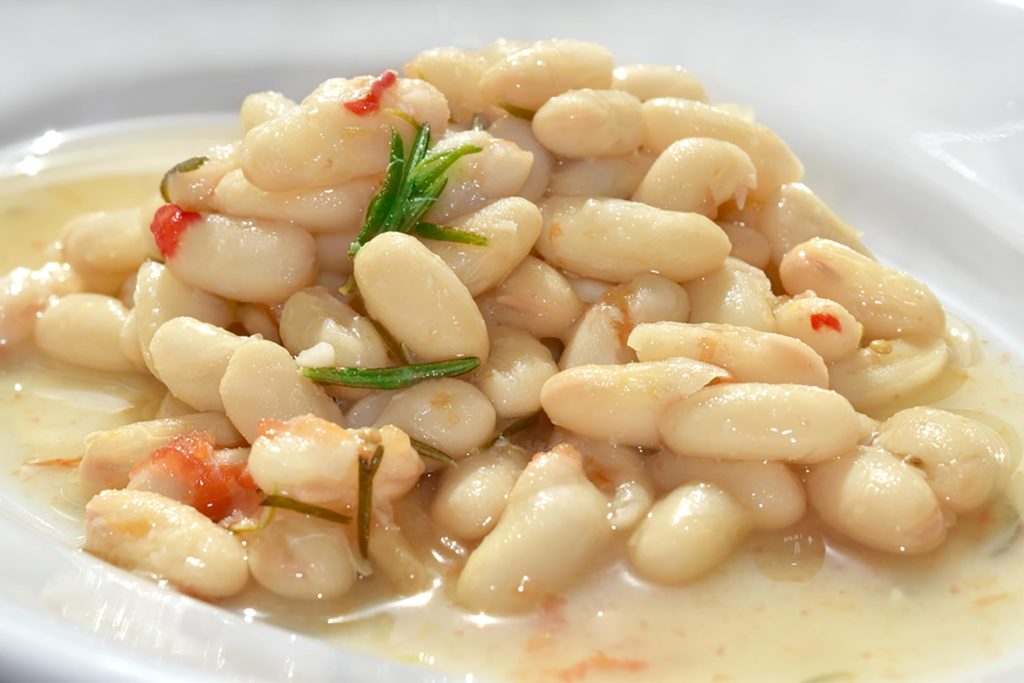
Packed with protein and cholesterol-lowering soluble fiber, legumes such as tender, white cannellini beans are slow to raise blood sugar. As part of a 2012 University of Toronto study, 121 people with type 2 diabetes followed a healthy diet containing a daily cup of beans or whole grains. After three months, the bean group saw their A1c levels—a check of average blood sugar levels—fall nearly twice as much as the whole-grain group.
Spinach

Spinach is one of many leafy greens that have been shown to drop the risk of developing diabetes; collards are another great choice. People who consume more than one serving a day of spinach and other leafy greens slashed their risk by 14 percent, compared to people who ate less than 1/2 a serving daily, found one British study. This green is particularly rich in vitamin K, along with several minerals including magnesium, folate, phosphorus, potassium, and zinc. It’s also a good source of the plant chemicals lutein and zeaxanthin, and various flavonoids. Although spinach is technically a rich source of calcium, another nutrient in spinach called oxalic acid prevents much of that calcium from being absorbed, but you can blanch spinach (boil it for just one minute) to reduce this chemical.
Sweet potatoes
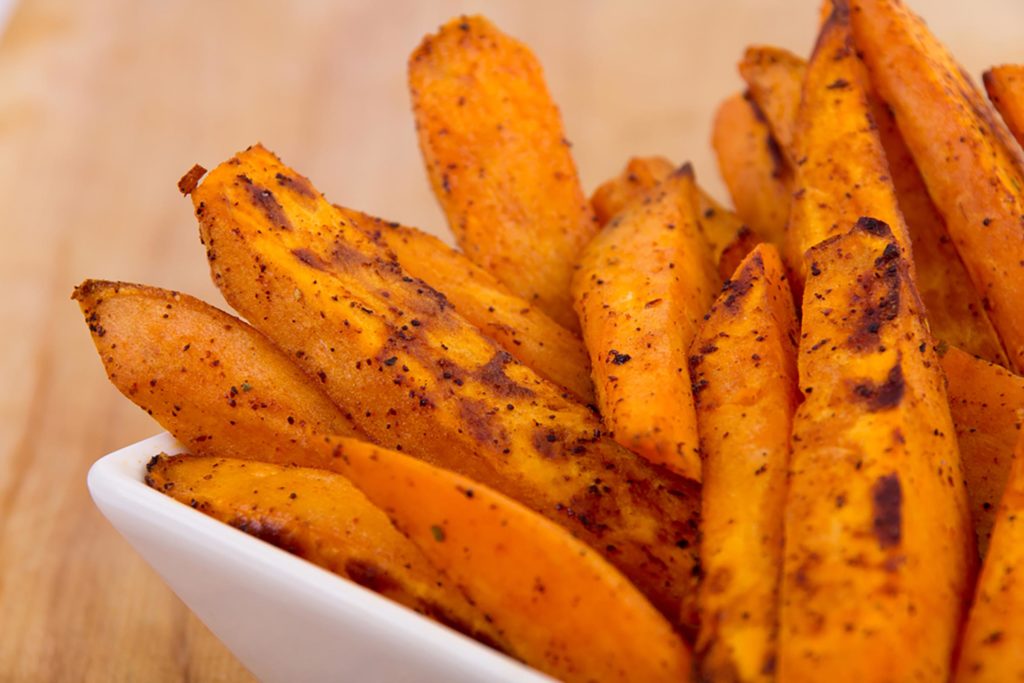
One analysis found that sweet potatoes reduce HbA1c measures between 0.30 and 0.57 percent and fasting blood glucose by 10 to 15 points. Sweet potato also contains anthocyanins, which are the natural pigments that give the sweet potato its deep orange color and the antioxidants believed to have anti-inflammatory, antiviral, and antimicrobial qualities.
Walnuts
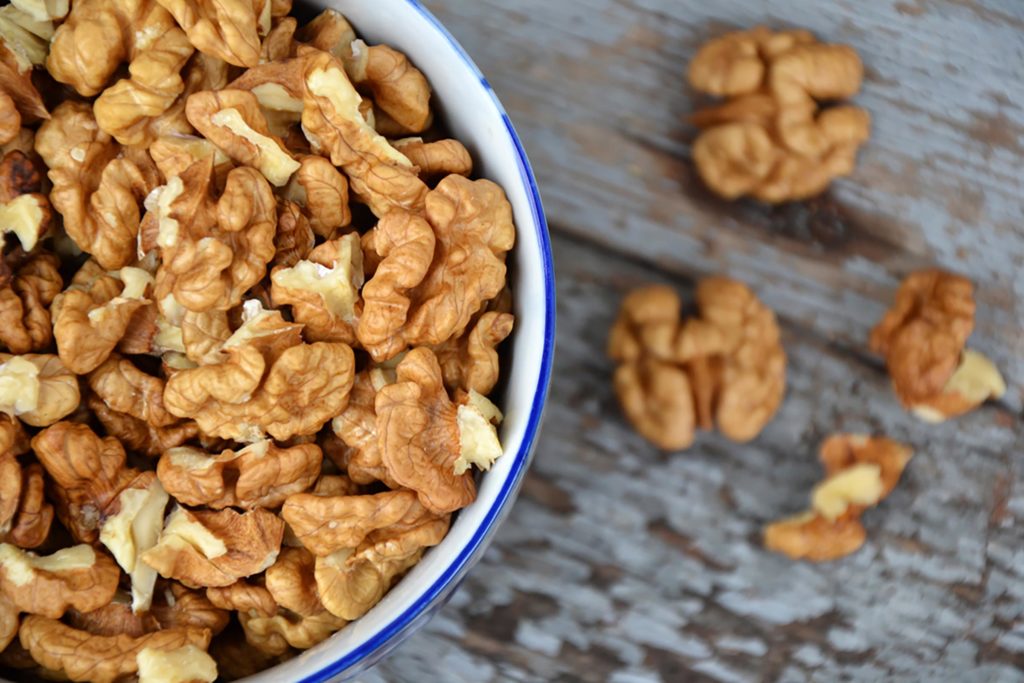
The most widespread tree nut in the world, walnuts contain the polyunsaturated fatty acid called alpha-linolenic acid, which has been shown to lower inflammation. The L-arginine, omega-3s, fiber, vitamin E, and other phytochemicals found in walnuts and other tree nuts make them potent: scientists have found them to have antioxidant, anticancer, antiviral, and anti-high cholesterol actions. These powers can help stop and reverse the progression of chronic conditions such as diabetes and heart disease. Snack on walnuts in their shells; the time it takes to crack them open can help you slow down, so your body has more time to register the food and you feel full with fewer calories.
Quinoa
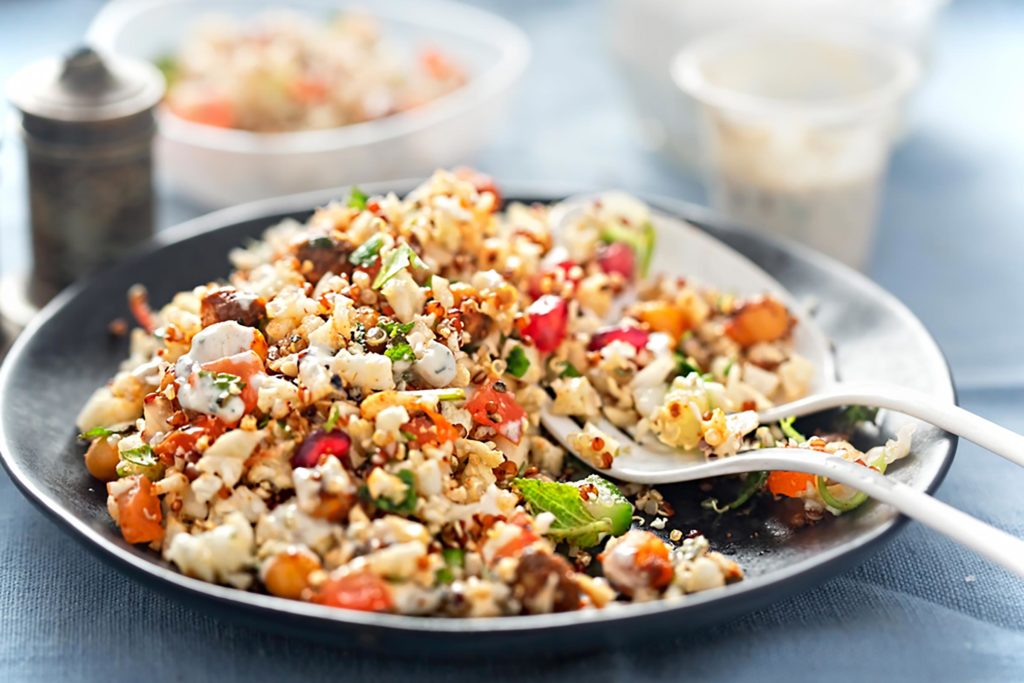
Quinoa tastes like a grain, but it’s more closely related to spinach than it is to rice. Contrary to most grains, quinoa is a dense source of “complete” protein (14 grams per ½ cup!), boasting all nine essential amino acids. One is lysine, which helps the body absorb all that fat-burning calcium and also helps produce carnitine, a nutrient responsible for converting fatty acids into energy and helping to lower cholesterol. One of the most fiber-rich grain-like foods, quinoa contains 2.6 grams per 1/2 cup, and fiber helps to balance blood sugar levels and keep you fuller, longer.
Cinnamon
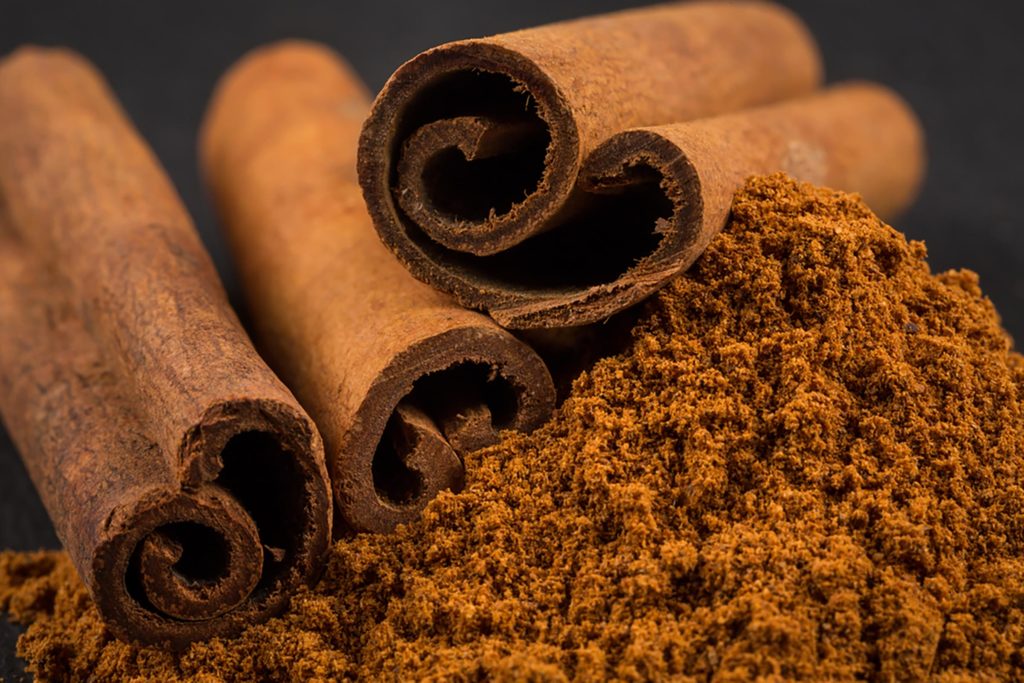
Several studies show that this delicious spice can help reduce blood sugar. One, published in the journal Diabetes Care, noted how people with type 2 diabetes who’d taken one or more grams of cinnamon daily had dropped their fasting blood sugar by a whopping 30 percent, compared to people who took no cinnamon. They also reduced their triglycerides, LDL cholesterol, and total cholesterol by upwards of 25 percent. Here’s why: Cinnamon is rich in chromium, a mineral that enhances the effects of insulin. It’s also loaded with polyphenols, antioxidants that gather up all the free radicals in your blood to protect you from cancer and also lower systemic inflammation, further guarding you from diabetes and heart disease.
Collard greens

Dark green leafy vegetables like collard greens are excellent sources of vitamin C, which helps lower cortisol in the body and consequently reduces inflammation as well. Collard greens (and other cruciferous veggies like kale and Brussels sprouts) are also a good source of alpha-lipoic acid (ALA), a micronutrient that helps the body deal with stress. When scientists at the Linus Pauling Institute at Oregon State University gave aging rats ALA, they found that the animals’ bodies created their own antioxidants, making them better able to resist toxins in the environment, and to reduce inflammation. Good news for diabetes: ALA also helps reduces blood sugar and can help to strengthen the nerves damaged by diabetic neuropathy. Just be careful not to overcook it, which creates a strong sulfur smell. Just five minutes of steaming, and you’re done.
Turmeric
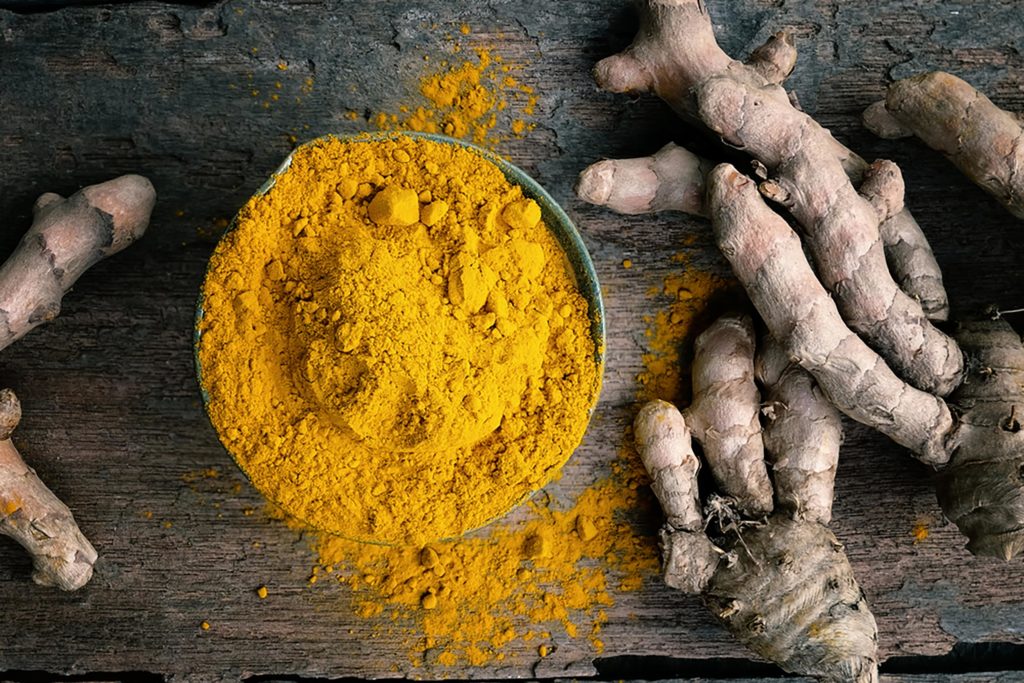
Turmeric may have been protecting the health of an entire Indian subcontinent for about 5,000 years. A traditional Indian diet features white rice and flour breads, which as rapidly digested carbs would ordinarily raise blood sugar dramatically. But the presence of turmeric—the yellow spice that lends its color to many curry dishes—helps to manage the potent impact on blood sugar. Curcumin, the active ingredient in turmeric, is the compound believed to regulate fat metabolism in the body. Curcumin acts directly on fat cells, pancreatic cells, kidney cells, and muscle cells, dampening inflammation and blocking the nefarious activities of cancer-causing tumor necrosis factor and interleukin-6. Experts believe the combined action of all of these factors together gives curcumin the power to reverse insulin resistance, high blood sugar and high cholesterol, and other symptoms linked to obesity.
